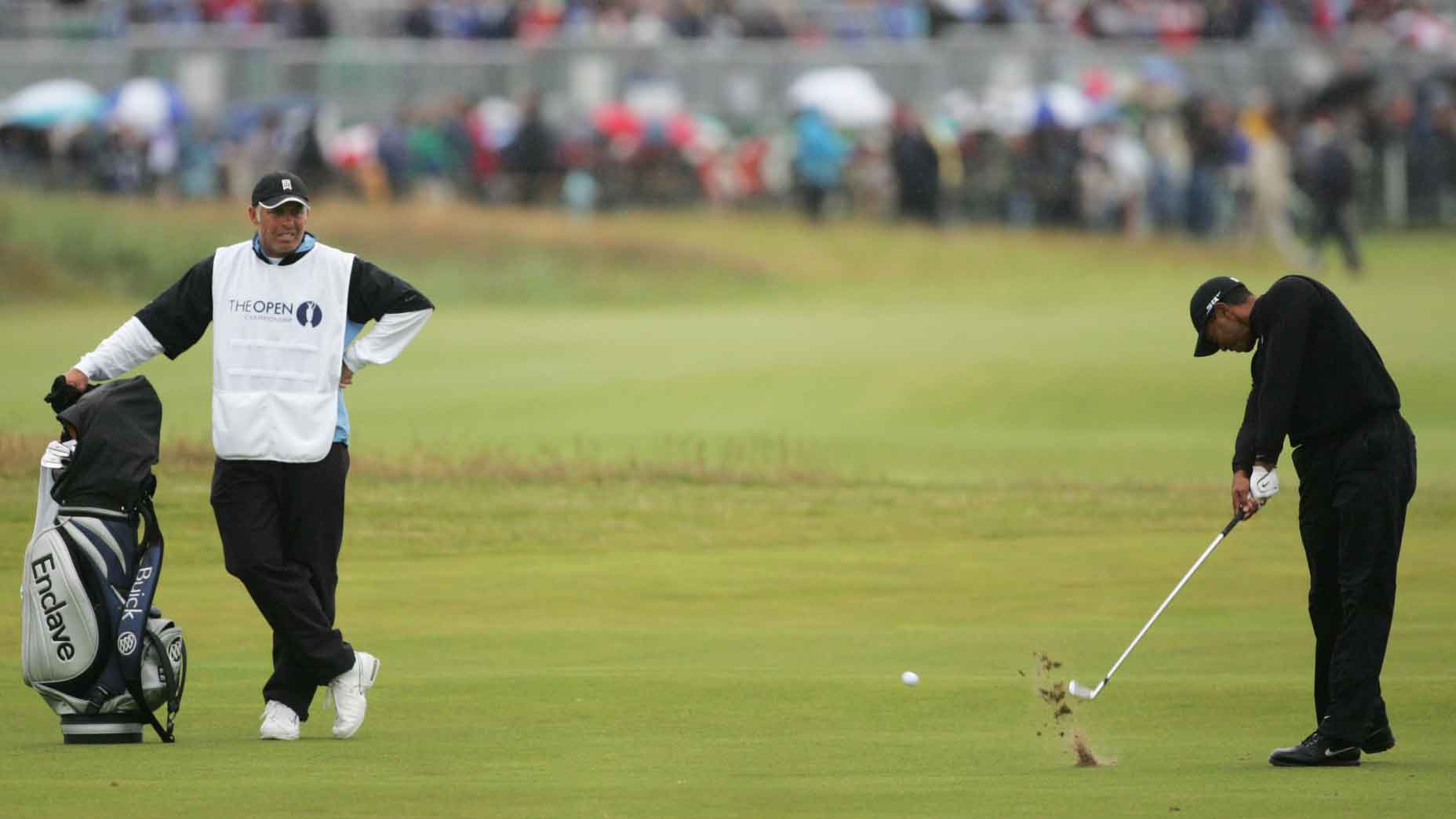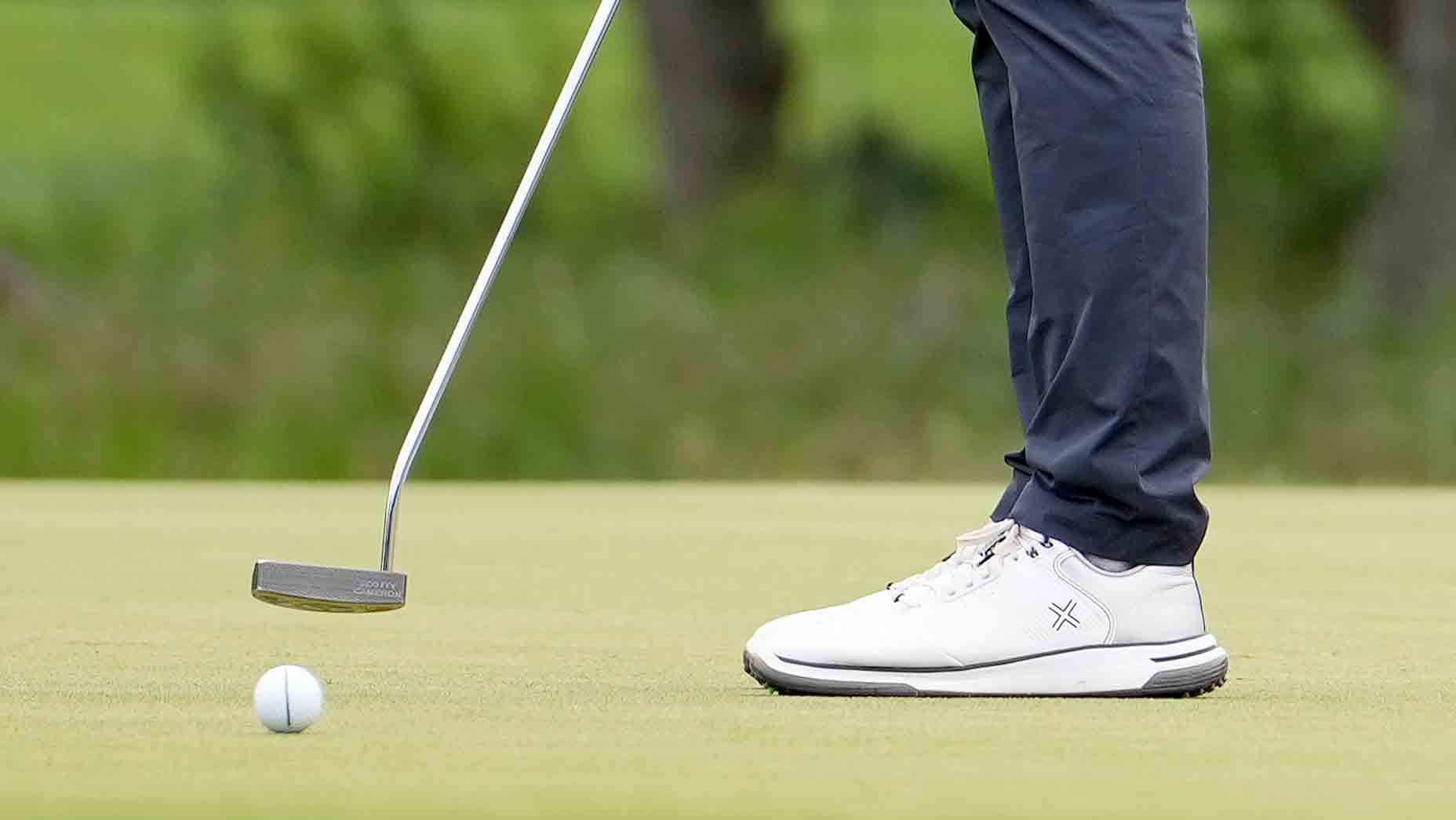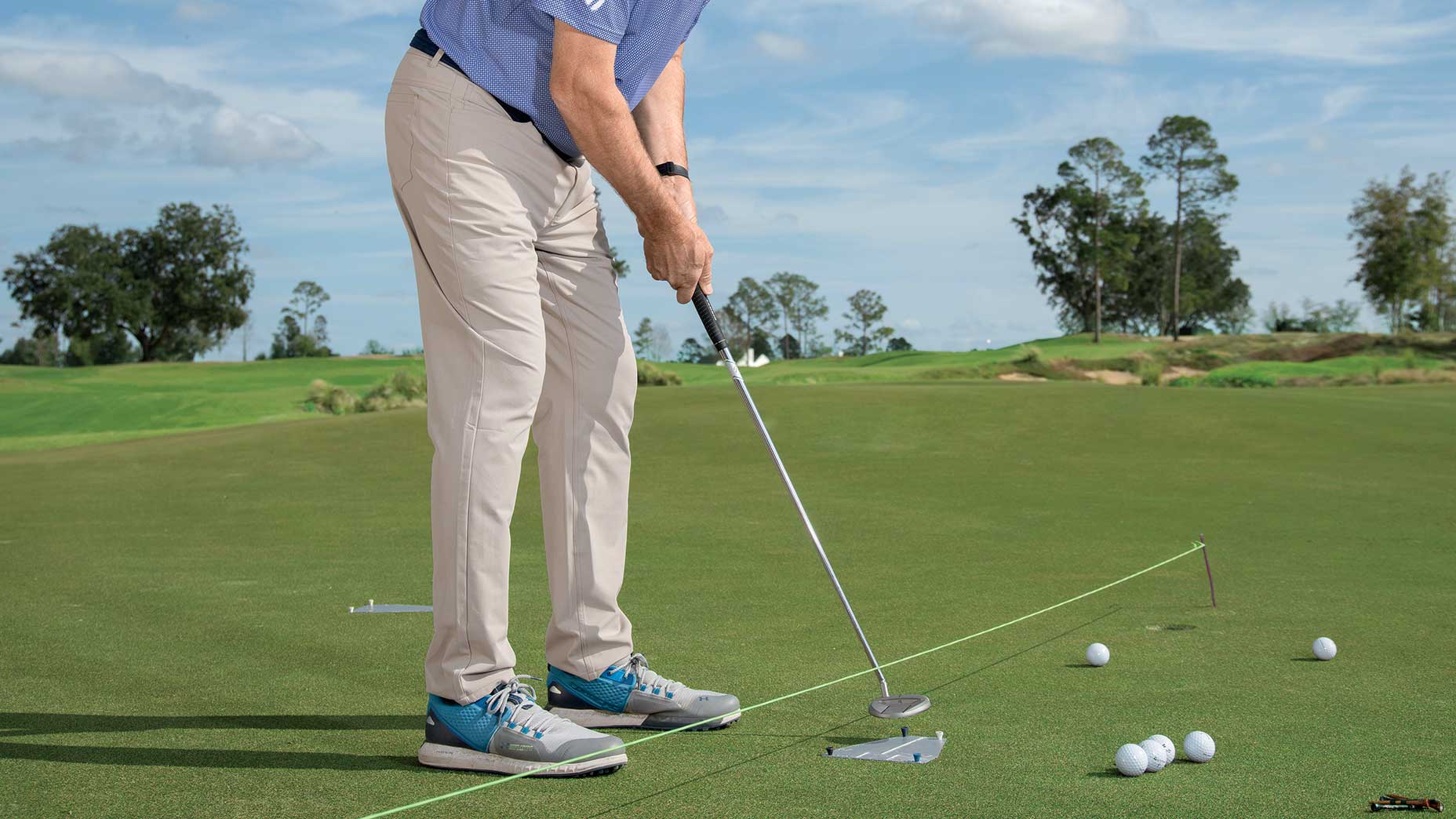Having the ability to control your golf-ball flight is an important element to scoring low.
When the weather’s warm and sunny, hitting perfect high draws that land softly on the green is ideal. But when the wind’s kicking and you need to keep the ball lower, do you know the necessary ingredients to do so?
Over my last few rounds, two of the best shots I hit were low stingers with my 4-iron, which produced heavy topspin and resulted in my ball landing short of the green before safely rolling up towards the pin. I may have gotten a little lucky with how well I hit it, considering the soggy ground beneath my feet, but the simple concept was there.
So if you’re looking to better control your ball flight, take a look at the video below, where GOLF Lifetime Achievement Recipient Michael Breed shares the key to execute the shot you’re seeking.
Want better control of your ball flight? Start with the trail arm
“There’s so many times that you’re playing that you want to alter the trajectory of a shot,” Breed says. “Maybe you’re playing into the wind, or maybe you’re playing downwind. There are some simple thoughts that you can maintain to assist you with getting the desired trajectory.”
While ball position is important when it comes to controlling ball flight, Breed says that the single-most influence on the trajectory is simply the action of the trail arm.
“When the trail arm bends in the backswing, we call it width,” he explains. “If I’m trying to hit a lower shot, what I’m going to do is let my trail arm bend almost immediately. When it bends almost immediately, now I’m creating an angle of attack of the club coming into the ball that’s fairly steep.
Breed then addresses his ball, and explains his desired ball flight.
“So this will be a low one,” Breed explains. “I’m going to just hinge this trail arm right away, go to that tree in the distance there.”
Breaking down the lead arm vs. the trail arm in the golf swingBy: Rick Silva, GOLF ‘Teacher to Watch’
After hitting his shot, Breed describes the way the ball trajectory was altered by the positioning of the trail arm.
“That ball, when it springs out, it’s kind of at the target, but it’s just a little flat” he says.
On his next shot, Breed says he’s going to keep the trail arm straight for a “really long time,” which is going to impact the ball flight again — leading to a much higher trajectory.
“When I take this club back, I’m going to really feel my trail arm almost pushing back [behind me],” Breed explains. “What’s going to happen is, I’m not going to get a divot, and this ball is going to jump up into the air.
“Ball position is still the same, my target is still the same.”
On this specific shot, Breed’s ball flight is noticeably elevated, with him describing it as being “one-third higher” than his first attempt.
Despite the difference golf ball flight, Breed points out that the results were nearly identical, proving that you can execute similar shots using a variety type of trajectories.
“Those two golf balls are not far apart,” he says. “But they got to where they are in a completely different fashion.
4 ways the Masters Par 3 Contest can help transform your gameBy: Brendon R. Elliott, PGA Golf Professional , Nick Dimengo
“So if you want to hit low shots and high shots, all you have to think about is this trail arm. Bend it right away and you’re going to hit a low one, but keep it straight for as long as you can and it will bend late, creating a wide arc that will throw the ball straight up into the air.”
Breed then discusses when to consider using these two different types of shots during a round.
“When you have a front hole location and you want the ball coming down onto the green and not running away from you, get wide with [the trail arm],” he says. “If you’ve got a back hole location and you want to chase that ball into the green, let the [trail arm] bend a little bit early.”
By utilizing Breed’s tips involving the trail arm, you’ll be able to vary your golf ball flight, using the different trajectories to help overcome any wind and be more effective depending on the pin placement.













